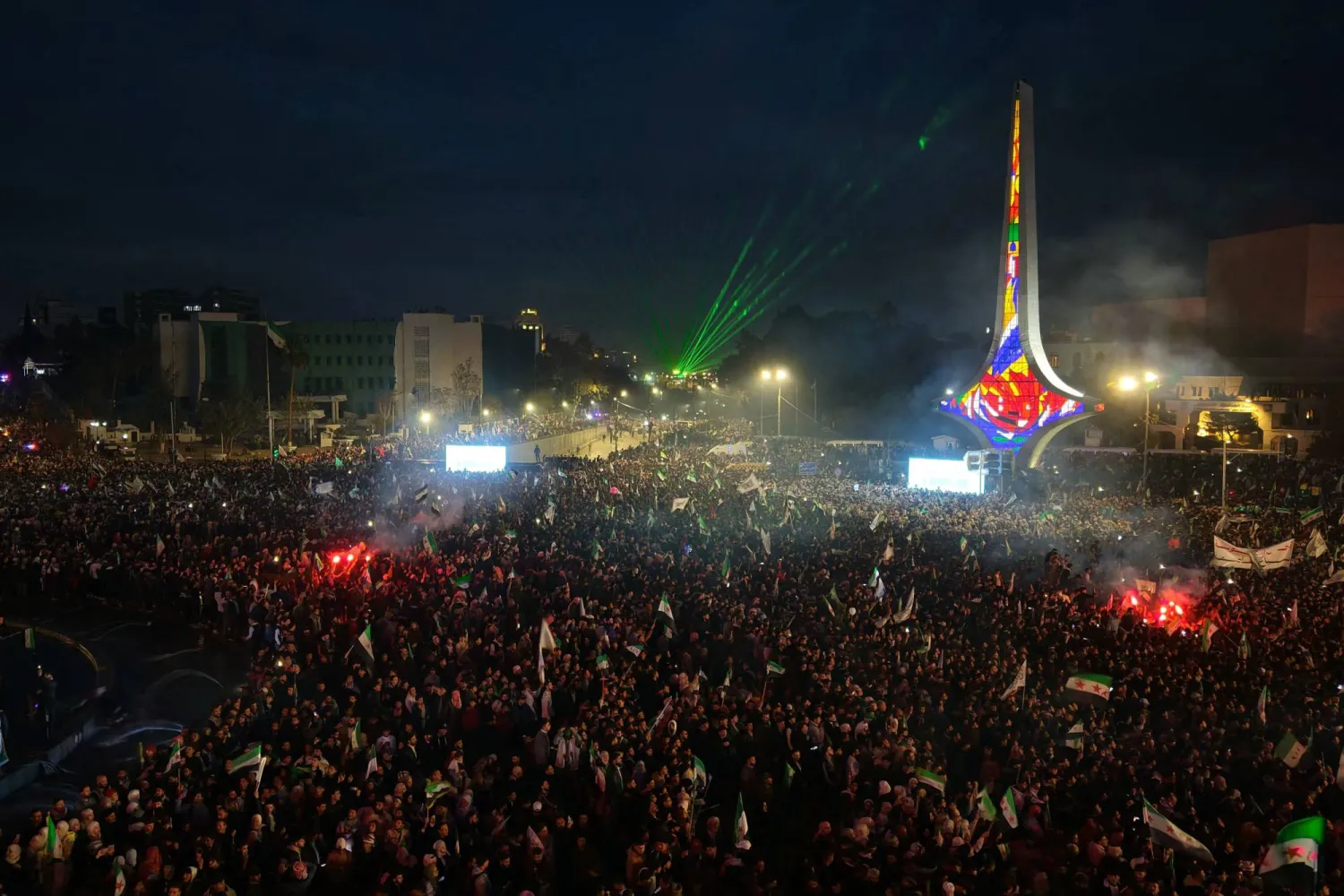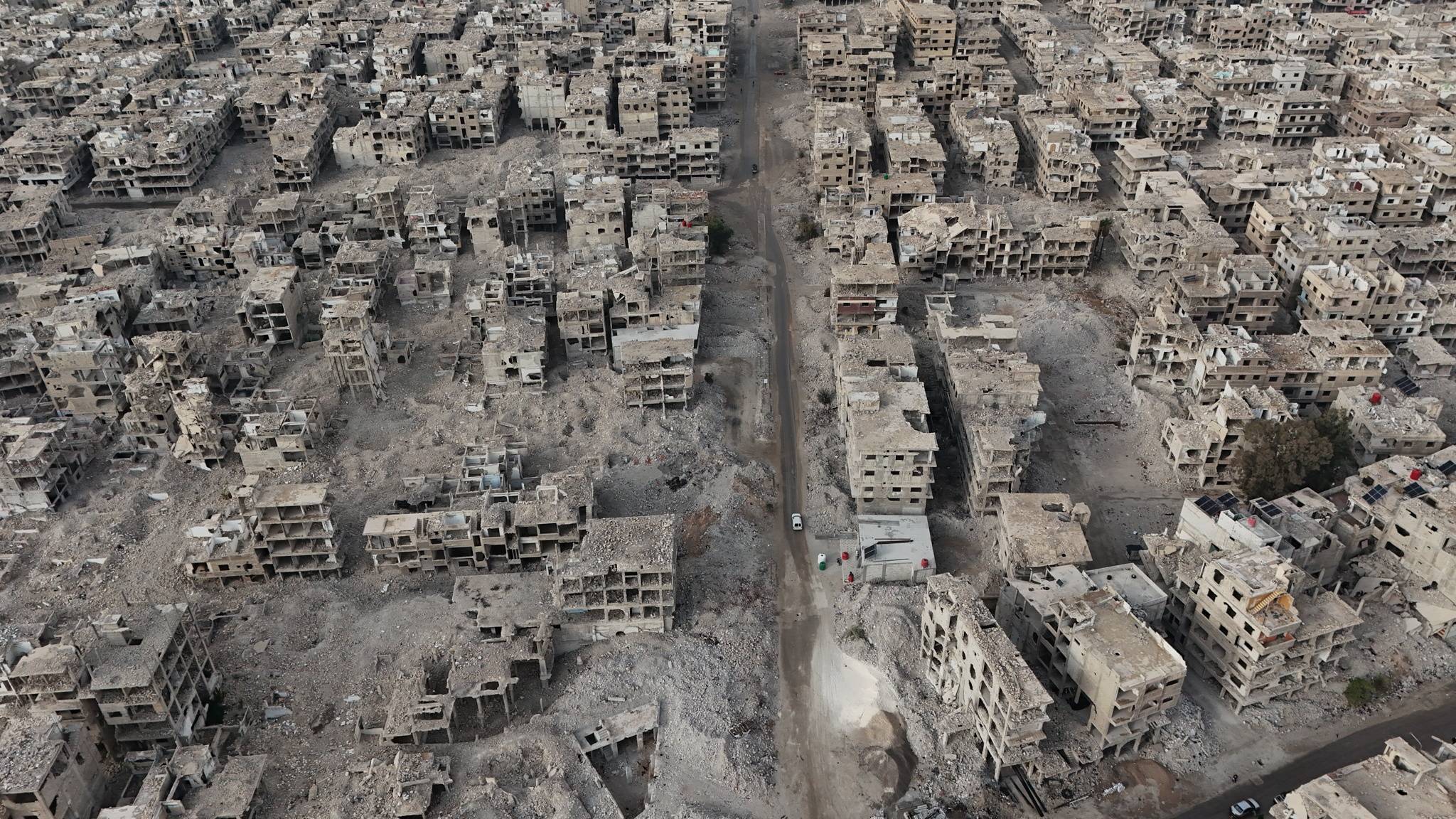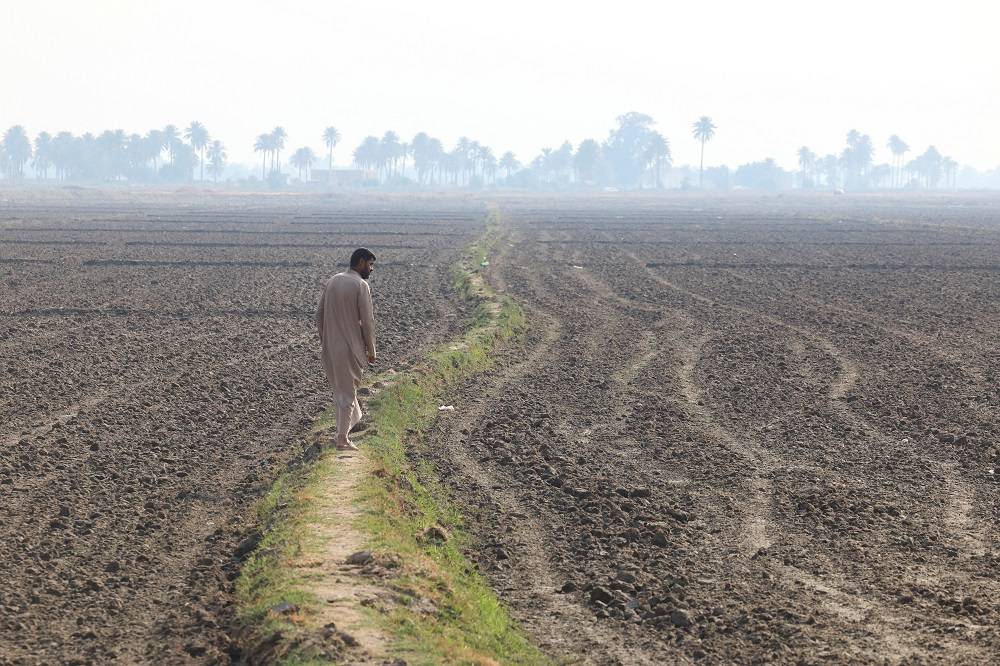A saying among Sudanese military circles warns that camaraderie can swiftly turn to conflict when interests clash. This rings true for Lt. Gen. Abdel Fattah al-Burhan and Lieutenant General Mohamed Hamdan Dagalo, known as “Hemedti.”
Since mid-April, the once-close allies have been locked in a bitter feud, hurling insults and threats at each other.
How did their friendship sour, and why did it degenerate into hostility?
From Brothers-in-Arms to Enemies: The Rift That Shattered Friendship
After two decades of military camaraderie, the friendship between al-Burhan and Hemedti crumbled as they competed for power. What was once a strong bond deteriorated, leading to gunfire and warfare, destroying everything in its wake.
Today, the two men continue to clash, leaving Sudan and its people in turmoil.
Hemedti, in an earlier interview with Asharq Al-Awsat, recounted his journey from a “merchant” to joining the Border Guard Forces during the war in Darfur. It was during this time, under the command of al-Burhan, that they first met.
Retired Col. Tayeb al-Malikabi confirmed that the relationship between the two men began in Darfur.
At the time, al-Burhan served as a local commissioner in Nierteti, while Hemedti was in the Border Guard Forces, which later became the Rapid Support Forces (RSF), al-Malikabi told Asharq Al-Awsat.
According to al-Malikabi, Hemedti played a significant role in the war against armed movements in Darfur.
In 2007, former President Omar al-Bashir appointed him as a colonel and placed him under the General Intelligence Service.
In 2013, al-Bashir restructured these forces, naming them the RSF under Hemedti’s command, granting him extensive powers and privileges. Al-Bashir suspected the former head of the General Intelligence Service, Salah Abdullah “Gosh,” of involvement in a coup attempt.
The former president then capitalized on the moment, placing the freshly formed RSF directly under his authority as President and Army Commander. This gave them more independence in their operations.
Their leader, Hemedti, earned the nickname “protector” for his suggested role as a safeguard against coups.
Yemen War
Al-Burhan and Hemedti’s alliance grew stronger in 2015 when they backed Yemen’s government. They teamed up to train fighters from the RSF and the army for “Operation Decisive Storm” mounted by the Saudi-led Arab coalition against insurgents in Yemen.
In 2017, Sudan’s Parliament passed a law recognizing the RSF as an independent military force. Despite being officially under army command, they effectively answered directly to the President and Army Commander-in-Chief, operating as his personal forces.
Ousting Ibn Auf, Installing al-Burhan
When the people’s revolt against the Islamist regime erupted in December 2018, the RSF were deployed to quell the uprising. However, according to earlier statements to the Asharq Al-Awsat, Hemedti asserted that he summoned his forces to support the revolution, not to attack the rebels.
He took a different stance from his boss, protecting the protesters, amidst speculation that al-Bashir had ordered him to crush the rebels, even if it resulted in the deaths of many.
Hemedti, whose forces almost took control of Khartoum, played a key role in ousting al-Bashir’s government, along with junior army officers. This led to the resignation of Lt. Gen. Awad Ibn Auf after one day in power due to public pressure.
Afterward, al-Burhan was chosen to lead the transitional military council, with Hemedti as his deputy.
This reunited the two men, as described by retired Brigadier Kamal Ismail, who said they formed a strong bond through joint military operations in Darfur.
"Hemedti and al-Burhan met in Darfur, where they formed a very strong relationship through joint military operations,” Ismail told Asharq Al-Awsat.
“Having two commanders requires tight military coordination, mutual trust, and a strong bond. When Hemedti became the leader of the RSF, their relationship grew even stronger,” he added.
According to Ismail, Hemedti cleared the path for al-Burhan, who was the army’s Inspector General, to become its leader.
This strengthened their relationship further. Al-Burhan then appointed Hemedti as his deputy in the transitional military council. Together, they worked to remove opponents from the security committee, including Gosh.
Breaking up the General Command Sit-In
Ismail reveals that the bond between the two men hit a snag during the dispersal of the General Command Sit-In. While both parties agreed on the move, Hemedti felt he was unfairly linked to it due to involvement of soldiers wearing RSF uniforms. This led to some tension.
Hemedti had previously mentioned feeling implicated in the dispersal and blamed elements of the Muslim Brotherhood within the army and security forces.
However, tensions eased after Hemedti was tasked with leading negotiations between the military and civilians. He also played a significant role in signing the Constitutional Document and handling peace negotiations with armed groups.
Despite this, disputes resurfaced within the Transitional Sovereignty Council, causing strain in the relationship between the two men.
Ismail believes the root of the tension lies in the competition for power between the two leaders.
Eyewitness reports suggest that the relationship between al-Burhan and Hemedti depended on their interactions with civilians in the transitional government.
When tensions rose between the military and civilians, the two men grew closer, culminating in the October 2021 coup that removed the civilian government.
“Al-Burhan and Hemedti were completely aligned in supporting the coup due to their deteriorating relationship with civilians,” emphasized Ismail.
Coup’s Pitfall
Shortly after the coup, Hemedti felt he was being lured into a new trap, as revealed by his brother, Abdul Rahim Dagalo, the second-in-command of the RSF.
Dagalo mentioned that they realized the coup’s failure early on, which allowed Islamists to regain power.
“Hemedti told al-Burhan about receiving wrong reports from security agencies and asked him to dismiss the intelligence chief, Jamal Abdel Majid, the police chief, and the army chief of staff,” revealed Ismail.
Ismail also explained that while al-Burhan removed the police chief and intelligence director, he avoided ousting the army chief of staff to prevent internal military issues.
Hemedti distanced himself from the coup early on. His deputy attempted to reinstate Prime Minister Abdullah Hamdok in November 2021, but al-Burhan remained committed to the coup despite failing to form a government as promised.
Hamdok’s attempted return was rejected by political circles and the “Forces of Freedom and Change” (FFC) alliance, leading to his resignation.
As per Ismail, clashes between the two leaders were inevitable, given their political ambitions.
Political thinker Haji Warraq foresaw conflicts between them, highlighting the military institution’s internal disputes as a major concern.
On December 5, 2022, the two leaders admitted their failed coup attempt and signed an agreement with the civilian FFC alliance to bring back civilian rule, unify the army, and keep the military out of politics.
However, they later clashed over how long it would take to merge the RSF into the army and who would lead the unified forces during the transition.
“Their disagreement escalated, turning them from allies to enemies. It was expected because their relationship was based on interests, not principles. Having two armies in a country always threatens stability,” explained Ismail.
Supporters of the former president saw an opportunity in the growing discord between the leaders and worked to widen the gap between them.
“Some saw the disagreement between the leaders as a chance to spark conflict,” said Ismail.
Al-Burhan, Hemedti: From Friends to Foes, the Rift That Ignited Sudan

The leaders of the army, Abdel Fattah al-Burhan (left), and the Rapid Support Forces, Mohamed Hamdan Dagalo (Hemedti), in 2019. (AFP)

Al-Burhan, Hemedti: From Friends to Foes, the Rift That Ignited Sudan

The leaders of the army, Abdel Fattah al-Burhan (left), and the Rapid Support Forces, Mohamed Hamdan Dagalo (Hemedti), in 2019. (AFP)
لم تشترك بعد
انشئ حساباً خاصاً بك لتحصل على أخبار مخصصة لك ولتتمتع بخاصية حفظ المقالات وتتلقى نشراتنا البريدية المتنوعة












